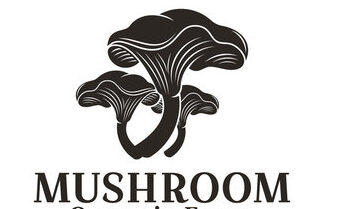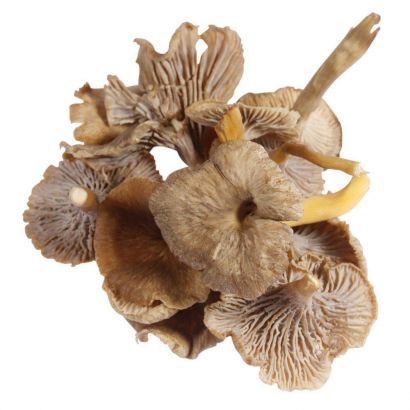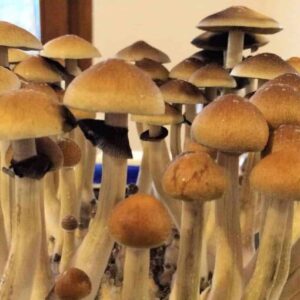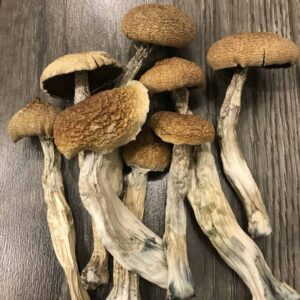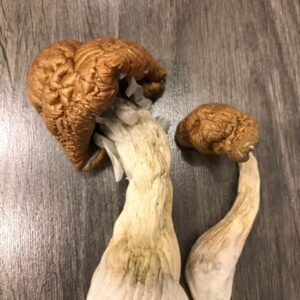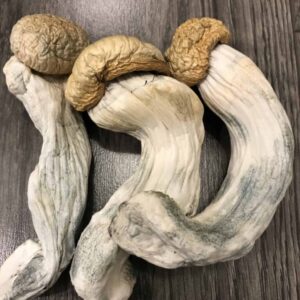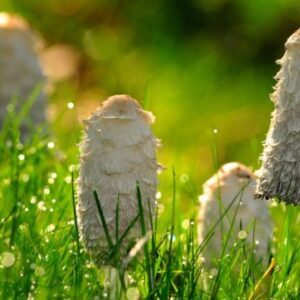Buy Chanterelle Mushroom UK
£50.00 – £170.00
Chanterelle Mushroom UK
are a highly sought-after species known for their distinctive appearance, flavor, and culinary value. These wild mushrooms belong to the genus Cantharellus and are particularly Chanterelle Mushroom UK popular in Europe, including the UK.
Characteristics of Chanterelle Mushrooms
- Appearance:
- Cap: Chanterelles have a trumpet-shaped cap that can range from 2 to 10 cm in diameter. The color is typically a vibrant yellow to golden orange, often with a slightly wavy or irregular edge.
- Gills: Unlike many other mushrooms, chanterelles have forked gills that run down the stem. The gills are shallow and closely spaced, giving them a distinctive look.
- Stem: The stem is solid, cylindrical, and can vary in height from 4 to 10 cm. It is usually the same color as the cap or slightly lighter.
- Taste and Aroma: Chanterelles have a delicate, fruity aroma and a rich, peppery flavor, which makes them a favorite in gourmet cooking.
Habitat
Chanterelle mushrooms typically grow in forests, often in association with trees such as oaks, pines, and birches. They prefer moist, well-drained soils and are commonly found in mossy or leaf-littered areas. In the UK, they are usually found from late summer to early autumn, particularly in woodlands.
Culinary Uses
Chanterelles are prized for their culinary applications. They can be used in a variety of dishes, including:
- Sautéed: Cooked in butter or oil to enhance their flavor.
- Soups and Sauces: Added to creamy soups or sauces to impart a rich, earthy taste.
- Pasta Dishes: Used in risottos or pasta dishes to elevate the dish with their unique flavor.
- Omelettes and Frittatas: Incorporated into egg dishes for added texture and taste.
Nutritional Value
Chanterelle mushrooms are not only delicious but also nutritious. They are low in calories and provide several health benefits:
- Vitamins and Minerals: Rich in vitamins A, B, and C, along with minerals like potassium and copper.
- Antioxidants: Contain compounds that may help combat oxidative stress and inflammation.
- Dietary Fiber: Provide fiber that supports digestive health.
Foraging for Chanterelles
If you’re interested in foraging for chanterelles in the UK, consider the following tips:
- Identification: Properly identify chanterelles, as they can be confused with poisonous look-alikes like the false chanterelle (Hygrophoropsis aurantiaca). Key features include their yellow to golden color, forked gills, and fruity aroma.
- Sustainable Foraging: Harvest responsibly by taking only what you need and leaving some mushrooms behind to ensure future growth.
- Season: The best time to forage for chanterelles in the UK is from late summer to early autumn.
Cooking Tips
- Cleaning: Clean chanterelles gently with a brush or damp cloth to remove dirt. Avoid soaking them, as they can absorb water.
- Cooking Methods: Sautéing is a popular method, but they can also be roasted, grilled, or added to stews.
Safety Considerations
- Foraging Risks: Always be cautious when foraging wild mushrooms. If you are unsure about the identification, consult a local expert or mycologist.
- Culinary Preparation: Ensure proper cooking, as some wild mushrooms can be toxic when raw.
Chanterelle Mushrooms UK
Chanterelle mushrooms are a delightful addition to any culinary repertoire, known for their unique flavor and nutritional benefits. Whether foraged from the wild or purchased from markets, they offer a rich gastronomic experience. For those interested in foraging, proper identification and sustainable practices are essential to enjoy these delicious fungi safely.
| QTY | 7gram, 14gram, 28gram |
|---|
